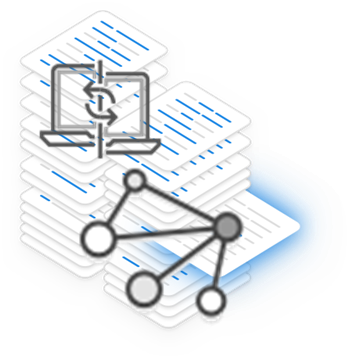Virtual reality and augmented reality | An invaluable training tool
Dr. Evangelo Damigos; PhD | Head of Digital Futures Research Desk
- Competitive Differentiation
- Emerging Technologies
Publication | Update: Sep 2020
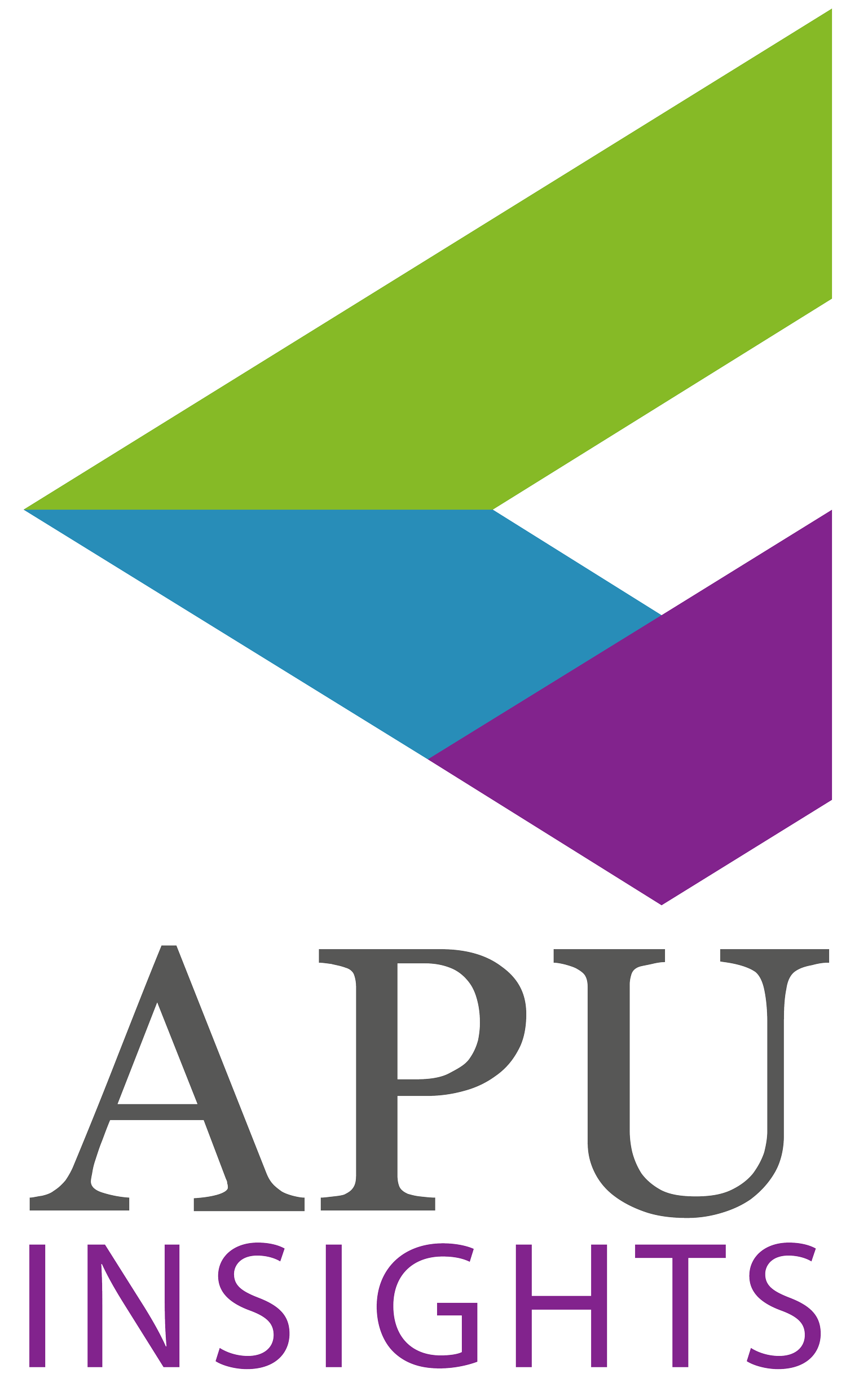
VR promises to deliver on-the-job experiences without actually being on the job via a simulated environment. Within the simulated environment, the learner must make on-the-spot decisions and respond to real-time stimuli. For some industries, simulations allow employees to experience dangerous situations without actually endangering them. Construction workers can make dangerous errors in a virtual environment. Similarly, law enforcement officers can de-escalate life-threatening situations or react to emergencies virtually. Unlike a textbook, the simulated experience forces trainees to grapple with their own fears and emotional responses. Then, they won’t be panicking in a real-life emergency.
According to Celeste Martinell is the Vice President of Customer Success at BenchPrep, voice-activated tools augment our daily conversations by making the internet a conversation partner. But AR is much more than voice commands. It can also superimpose virtual images onto the physical world. This augmented experience allows people to make different decisions. If we include chatbots, AR could provide a unique learning experience guided by a computer. It would be GPS navigation for learners.
Unlike VR, AR has already begun to change the daily practice of some professions. The FDA approved Opensight, a Microsoft AR-enhanced medical imaging product, which allows clinicians to overlay scans onto the patient and interact with the data in 3D. Similarly, Tradiebot developed an AR app for car mechanics that overlays the repair steps onto the physical car, then guides the mechanic through the repair. These innovations represent game-changing performance supports for certain professions.
Is the L&D Industry Adopting AR/VR Technology?
The Training Industry Report surveyed 240 U.S.-based education and training organizations. Here’s what they discovered about American AR/VR adoption:
- 15 percent of all organizations plan to invest in AR/VR technology.
- 1.6 percent of training is delivered with AR.
- 1.9 percent of training is delivered with VR.
- 23 percent of large companies use VR, and 11 percent use AR.
- Less than 5 percent of small or mid-sized companies use VR, AR or AI.
As a whole, the industry is not seeing a rapid adoption of VR or AR. One widely used technological adoption model by sociologist Everett M. Roger suggests 5 phases of adoption: Innovators (2.5 percent), early adopters (13.5 percent), early majority (34 percent), late majority (34 percent) and laggards (16 percent). Currently, only innovators are using VR/AR.
However, if we only look at large companies, then the adoption picture changes. They appear to be entering the early adoption phase with 23 percent of them using the new technology. As the cost of AR/VR continues to fall, I predict more companies will adopt it.
VR also represents an opportunity to quickly train medical professionals on new instruments or complex, new procedures. They can practice first using virtual instruments before performing the procedure on a live patient. Today, up to 30 percent of general surgeons are not yet ready to work independently at the end of their residency. VR training might help fill the gap for new surgeons.
Finally, large companies have begun to use VR for less dangerous, expensive or life-threatening skills. However, these skills still benefit from life experience. Walmart has created a VR Black Friday simulator to prepare their retail employees for the shopping holiday. Other companies have started to use VR to onboard employees by allowing them to experience their first day via VR before actually starting their job roles to reduce anxiety. Some of these skills, such as soft skills training, can be bought ready-made off the shelf.

Research from the WHO on safe surgeries suggests using checklists improves surgical safety. AR could help perform safety checks in a variety of industries, such as general maintenance checks for machinery or safety awareness in warehouses.
AR also promises to engage learners during traditional coursework. Like Alexa or Google Home, learners could access more information to support personalized learning. They could also receive instant feedback by turning AR on to check their work. This feature could provide automated, scalable feedback to hands-on professionals in construction or manufacturing where assessing hands-on projects without expending a large number of resources presents a huge challenge. Voice-enabled AR could also lead learners through a process, even something as simple as onboarding.
Invest in technology that will help your workforce perform business critical tasks more effectively. For professionals relying on hands-on skills, VR\AR could be an invaluable training tool.
Questions to ask before investing:
- What happens if you don’t? Will you lose a competitive advantage because you didn’t?
- Will this technology stop major losses for your business?
- Could you wait for the cost to come down?
- Can you buy it off the shelf or does it need to be custom designed?
- Could it be a game-changing job aid for your employees or will they hate it?
- Do you have the capital to invest in VR headsets or AR glasses?
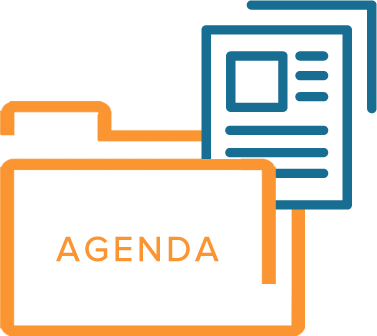 Digital Themes: Competitive Differentiation, Emerging Technologies
Digital Themes: Competitive Differentiation, Emerging Technologies

HTML
 Access Rights | Content Availability:
Access Rights | Content Availability: 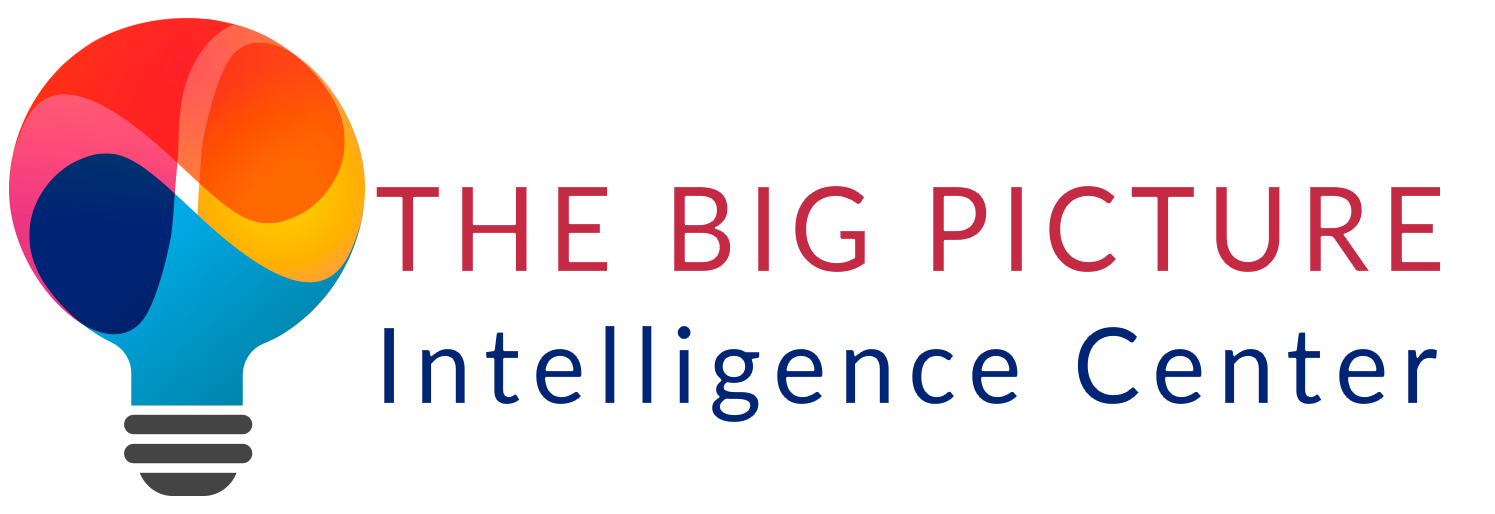
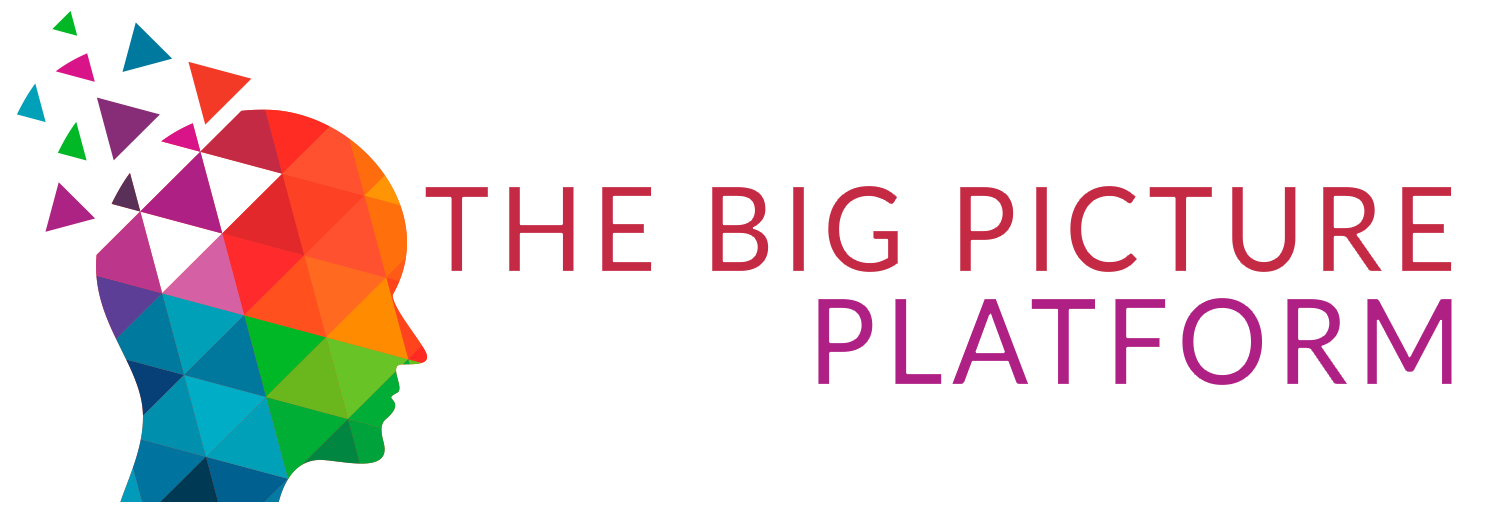
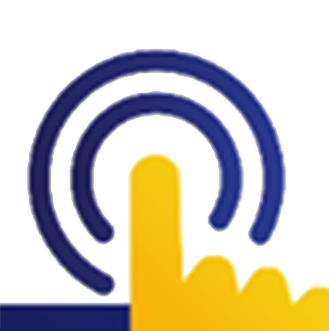
Objectives and Study Scope
This study has assimilated knowledge and insight from business and subject-matter experts, and from a broad spectrum of market initiatives. Building on this research, the objectives of this market research report is to provide actionable intelligence on opportunities alongside the market size of various segments, as well as fact-based information on key factors influencing the market- growth drivers, industry-specific challenges and other critical issues in terms of detailed analysis and impact.
The report in its entirety provides a comprehensive overview of the current global condition, as well as notable opportunities and challenges.
The analysis reflects market size, latest trends, growth drivers, threats, opportunities, as well as key market segments. The study addresses market dynamics in several geographic segments along with market analysis for the current market environment and future scenario over the forecast period.
The report also segments the market into various categories based on the product, end user, application, type, and region.
The report also studies various growth drivers and restraints impacting the market, plus a comprehensive market and vendor landscape in addition to a SWOT analysis of the key players.
This analysis also examines the competitive landscape within each market. Market factors are assessed by examining barriers to entry and market opportunities. Strategies adopted by key players including recent developments, new product launches, merger and acquisitions, and other insightful updates are provided.
Research Process & Methodology

We leverage extensive primary research, our contact database, knowledge of companies and industry relationships, patent and academic journal searches, and Institutes and University associate links to frame a strong visibility in the markets and technologies we cover.
We draw on available data sources and methods to profile developments. We use computerised data mining methods and analytical techniques, including cluster and regression modelling, to identify patterns from publicly available online information on enterprise web sites.
Historical, qualitative and quantitative information is obtained principally from confidential and proprietary sources, professional network, annual reports, investor relationship presentations, and expert interviews, about key factors, such as recent trends in industry performance and identify factors underlying those trends - drivers, restraints, opportunities, and challenges influencing the growth of the market, for both, the supply and demand sides.
In addition to our own desk research, various secondary sources, such as Hoovers, Dun & Bradstreet, Bloomberg BusinessWeek, Statista, are referred to identify key players in the industry, supply chain and market size, percentage shares, splits, and breakdowns into segments and subsegments with respect to individual growth trends, prospects, and contribution to the total market.
Research Portfolio Sources:
Global Business Reviews, Research Papers, Commentary & Strategy Reports
M&A and Risk Management | Regulation
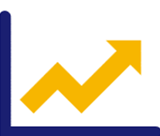
The future outlook “forecast” is based on a set of statistical methods such as regression analysis, industry specific drivers as well as analyst evaluations, as well as analysis of the trends that influence economic outcomes and business decision making.
The Global Economic Model is covering the political environment, the macroeconomic environment, market opportunities, policy towards free enterprise and competition, policy towards foreign investment, foreign trade and exchange controls, taxes,
financing, the labour market and infrastructure.
We aim update our market forecast to include the latest market developments and trends.
Review of independent forecasts for the main macroeconomic variables by the following organizations provide a holistic overview of the range of alternative opinions:
As a result, the reported forecasts derive from different forecasters and may not represent the view of any one forecaster over the whole of the forecast period. These projections provide an indication of what is, in our view most likely to happen, not what it will definitely happen.
Short- and medium-term forecasts are based on a “demand-side” forecasting framework, under the assumption that supply adjusts to meet demand either directly through changes in output or through the depletion of inventories.
Long-term projections rely on a supply-side framework, in which output is determined by the availability of labour and capital equipment and the growth in productivity.
Long-term growth prospects, are impacted by factors including the workforce capabilities, the openness of the economy to trade, the legal framework, fiscal policy, the degree of government regulation.
Direct contribution to GDP
The method for calculating the direct contribution of an industry to GDP, is to measure its ‘gross value added’ (GVA); that is, to calculate the difference between the industry’s total pretax revenue and its total boughtin costs (costs excluding wages and salaries).
Forecasts of GDP growth: GDP = CN+IN+GS+NEX
GDP growth estimates take into account:

Market Quantification
All relevant markets are quantified utilizing revenue figures for the forecast period. The Compound Annual Growth Rate (CAGR) within each segment is used to measure growth and to extrapolate data when figures are not publicly available.
Revenues
Our market segments reflect major categories and subcategories of the global market, followed by an analysis of statistical data covering national spending and international trade relations and patterns. Market values reflect revenues paid by the final customer / end user to vendors and service providers either directly or through distribution channels, excluding VAT. Local currencies are converted to USD using the yearly average exchange rates of local currencies to the USD for the respective year as provided by the IMF World Economic Outlook Database.
Industry Life Cycle Market Phase
Market phase is determined using factors in the Industry Life Cycle model. The adapted market phase definitions are as follows:
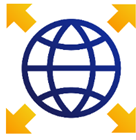
The Global Economic Model
The Global Economic Model brings together macroeconomic and sectoral forecasts for quantifying the key relationships.
The model is a hybrid statistical model that uses macroeconomic variables and inter-industry linkages to forecast sectoral output. The model is used to forecast not just output, but prices, wages, employment and investment. The principal variables driving the industry model are the components of final demand, which directly or indirectly determine the demand facing each industry. However, other macroeconomic assumptions — in particular exchange rates, as well as world commodity prices — also enter into the equation, as well as other industry specific factors that have been or are expected to impact.
Forecasts of GDP growth per capita based on these factors can then be combined with demographic projections to give forecasts for overall GDP growth.
Wherever possible, publicly available data from official sources are used for the latest available year. Qualitative indicators are normalised (on the basis of: Normalised x = (x - Min(x)) / (Max(x) - Min(x)) where Min(x) and Max(x) are, the lowest and highest values for any given indicator respectively) and then aggregated across categories to enable an overall comparison. The normalised value is then transformed into a positive number on a scale of 0 to 100. The weighting assigned to each indicator can be changed to reflect different assumptions about their relative importance.

The principal explanatory variable in each industry’s output equation is the Total Demand variable, encompassing exogenous macroeconomic assumptions, consumer spending and investment, and intermediate demand for goods and services by sectors of the economy for use as inputs in the production of their own goods and services.
Elasticities
Elasticity measures the response of one economic variable to a change in another economic variable, whether the good or service is demanded as an input into a final product or whether it is the final product, and provides insight into the proportional impact of different economic actions and policy decisions.
Demand elasticities measure the change in the quantity demanded of a particular good or service as a result of changes to other economic variables, such as its own price, the price of competing or complementary goods and services, income levels, taxes.
Demand elasticities can be influenced by several factors. Each of these factors, along with the specific characteristics of the product, will interact to determine its overall responsiveness of demand to changes in prices and incomes.
The individual characteristics of a good or service will have an impact, but there are also a number of general factors that will typically affect the sensitivity of demand, such as the availability of substitutes, whereby the elasticity is typically higher the greater the number of available substitutes, as consumers can easily switch between different products.
The degree of necessity. Luxury products and habit forming ones, typically have a higher elasticity.
Proportion of the budget consumed by the item. Products that consume a large portion of the
consumer’s budget tend to have greater elasticity.
Elasticities tend to be greater over the long run because consumers have more time to adjust their behaviour.
Finally, if the product or service is an input into a final product then the price elasticity will depend on the price elasticity of the final product, its cost share in the production costs, and the availability of substitutes for that good or service.
Prices
Prices are also forecast using an input-output framework. Input costs have two components; labour costs are driven by wages, while intermediate costs are computed as an input-output weighted aggregate of input sectors’ prices. Employment is a function of output and real sectoral wages, that are forecast as a function of whole economy growth in wages. Investment is forecast as a function of output and aggregate level business investment.

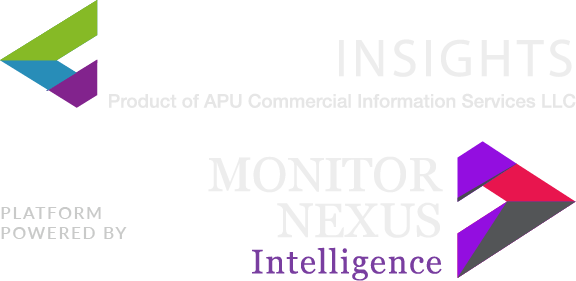

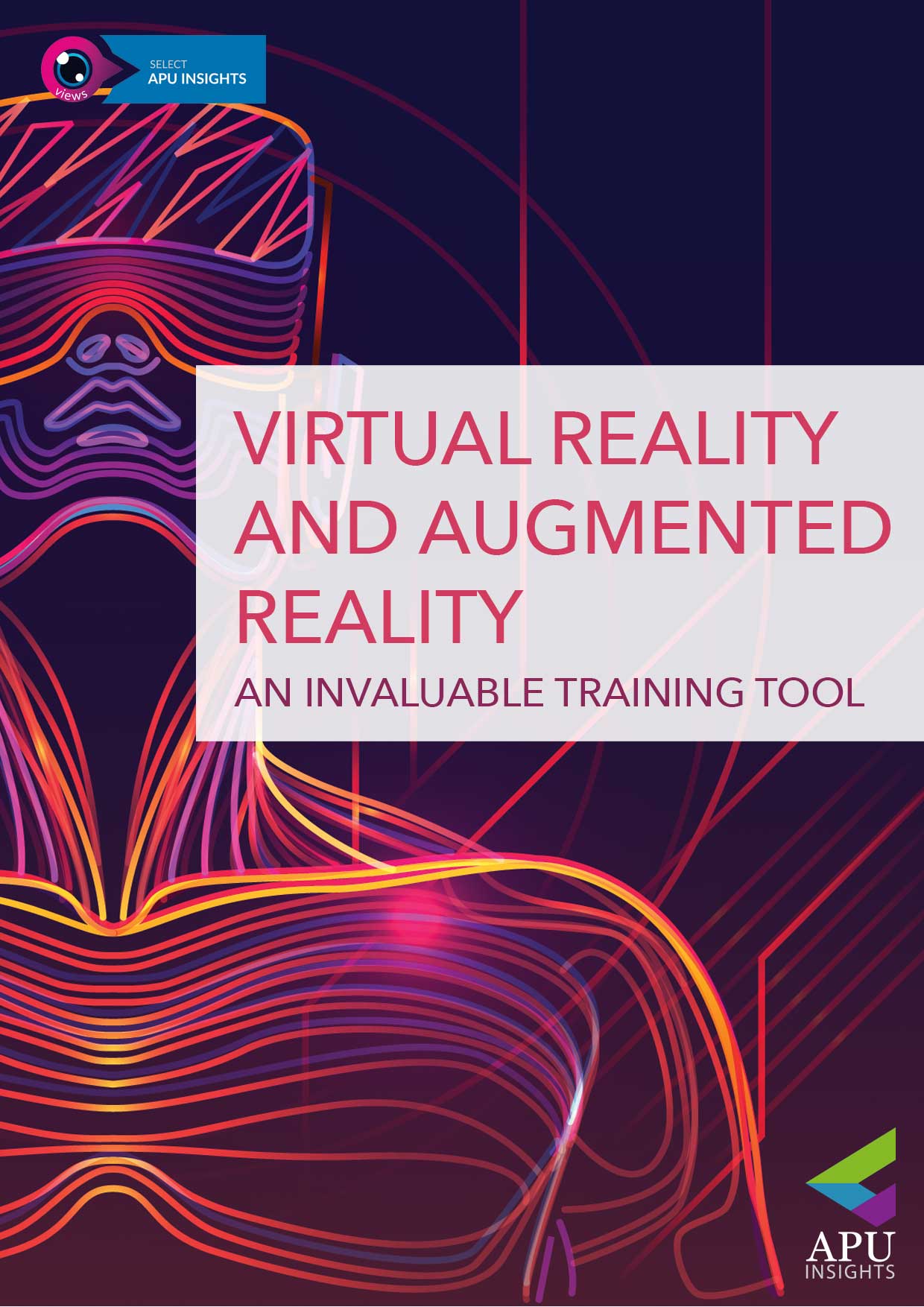
 Industry: Information, Communication, Technology ICT
Industry: Information, Communication, Technology ICT 